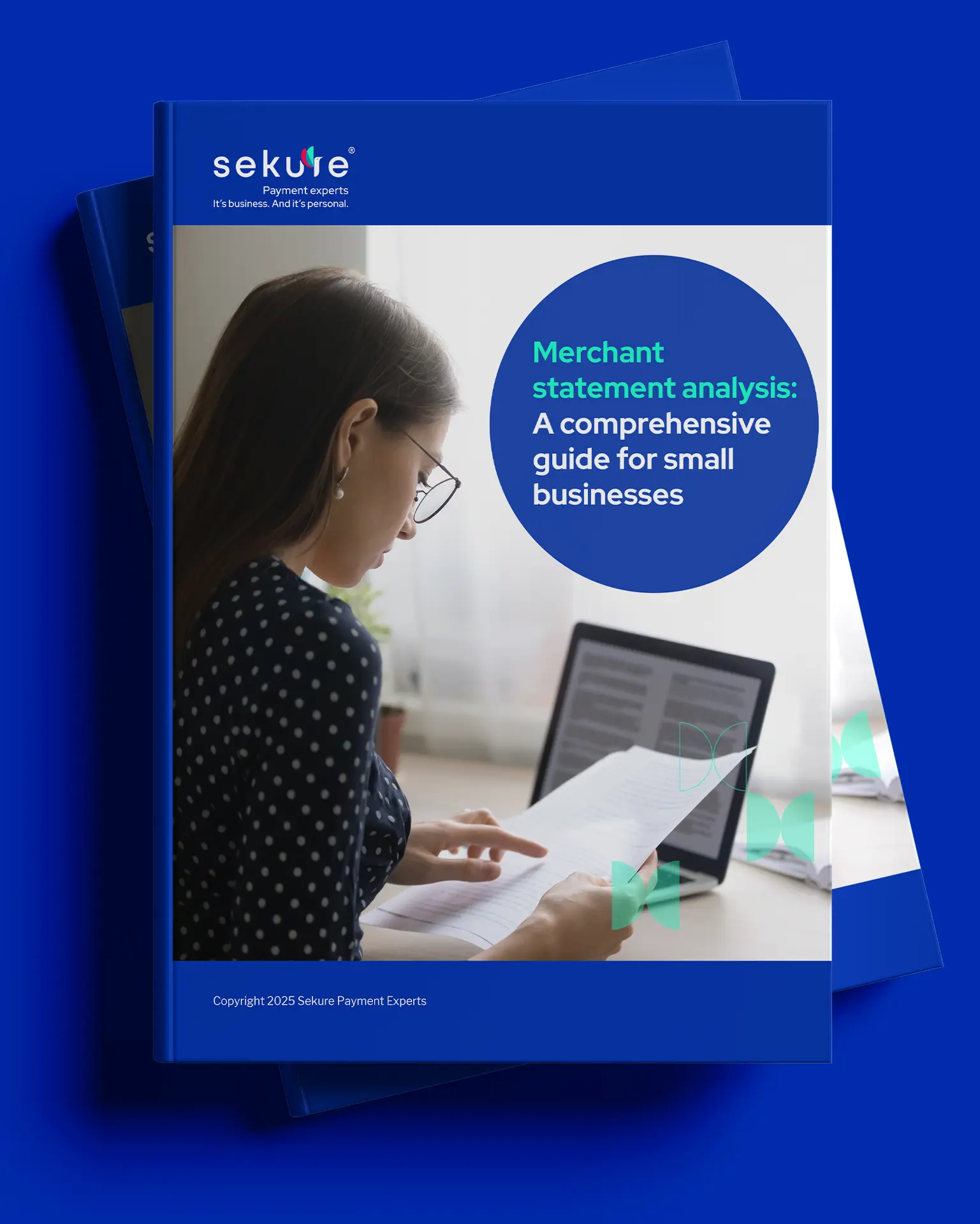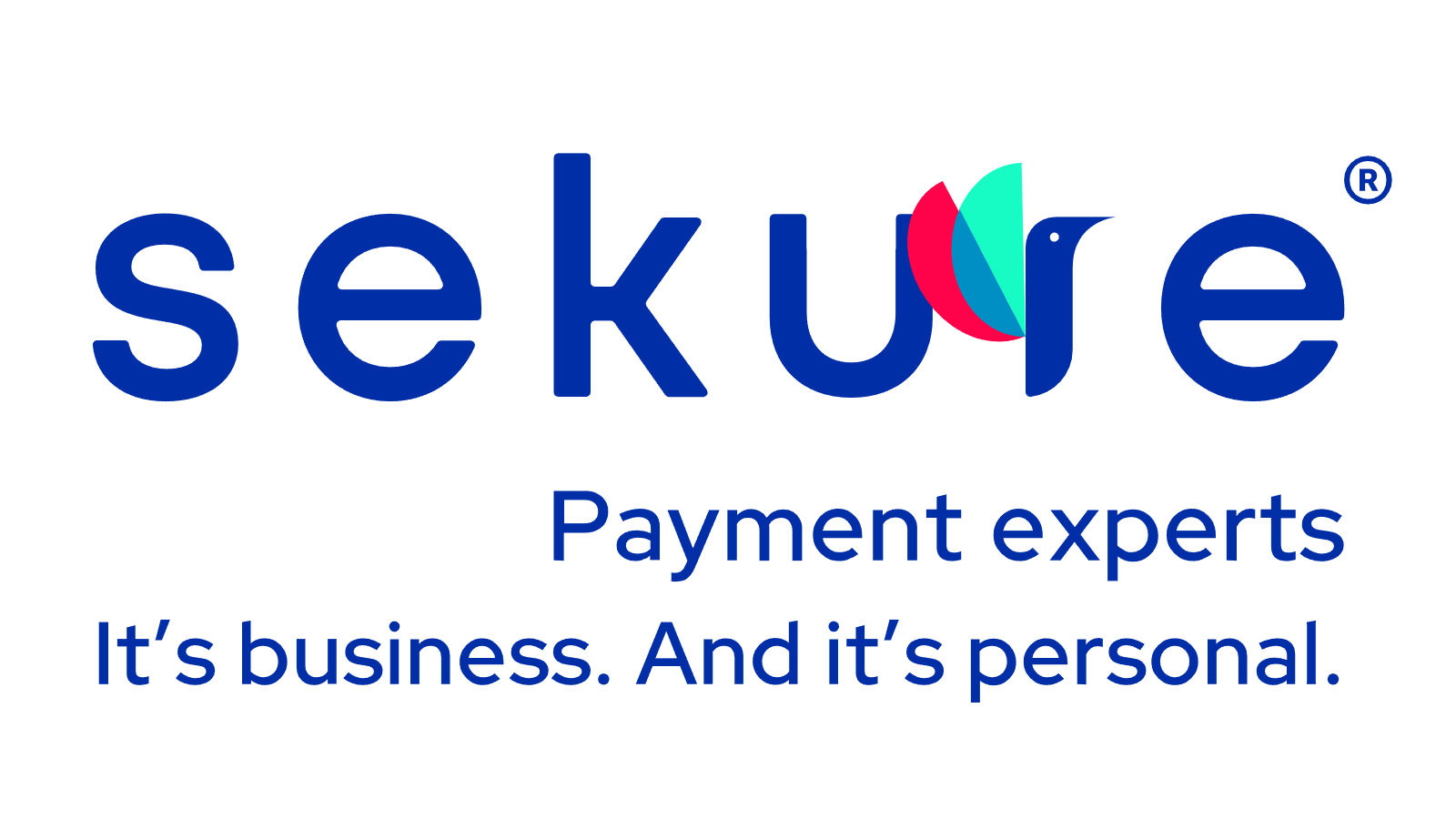It’s common for small businesses to overlook certain payment processor fees— and not to no effect. These costs can add up and ultimately hinder businesses' ability to be profitable.
What exactly are these often overlooked costs, and what can you do to reduce them? Read on as we cover these topics and key information on hidden fees in payment processing.
Defining payment processor fees
Payment processor fees are charges that businesses incur when accepting electronic payments through credit cards, debit cards, or digital wallets. These fees often include a percentage of the transaction amount, a fixed charge per transaction, or a combination of both.
Recognizing credit card processing fees is essential for profit margin management and financial planning. By understanding the different fee structures, businesses can select payment solutions that align with their operational needs and customer preferences.
Many misconceptions surround payment processor fees, leading to potential confusion. A common myth is that all processors charge identical rates. In reality, fees can vary significantly based on the provider, transaction type, and industry. Additionally, lower fees do not always equate to better value. The quality of customer service, reliability, and additional features also play crucial roles in a processor’s value.
5 hidden fees small businesses overlook in payment processor fees
Running a small business means dealing with a range of expenses, some of which remain hidden until they start to affect your profits. Hidden fees and credit card processing fees are a significant part of these costs, and if not managed properly, they can chip away at your margins.
To stay profitable, you need to understand and effectively handle these payment processor fees. Below, we break down five hidden fees that every small business owner should know about.
1. Interchange differential or non-qualified surcharges
Interchange differential and non-qualified surcharges are extra fees that merchants pay when a transaction doesn't meet the criteria for lower “qualified” processing rates..
Here's what that means in plain English:
When you accept credit cards, transactions are categorized into three tiers, each assigned a different credit card processing rate:
- Qualified – Lowest rate (e.g., a swiped debit card).
- Mid-Qualified – Higher rate (e.g., a keyed-in credit card).
- Non-Qualified – Highest rate (e.g., a corporate card or one with rewards points, manually entered).
If a transaction doesn’t meet the conditions for the lower-tier rate you were quoted (often because it’s a manually entered card, or the customer uses a premium or rewards card), your payment processor adds an interchange differential or non-qualified surcharge to your bill.
To reduce these costs, aim to ensure that transactions fall into the "qualified" category whenever possible. Use chip readers or contactless payments, verify all necessary security information, and avoid keyed-in transactions when other methods are available. These simple actions can help you keep transactions within the lower fee brackets.
2. Monthly minimum fees
Many payment processors charge a monthly minimum fee to ensure they generate a baseline revenue from each account. If your transaction volume doesn’t produce enough in credit card processing fees, the processor will charge the difference. For instance, if your processor requires a minimum of $25 in fees per month and you only accrue $15, you'll pay an extra $10 to reach the required minimum.
During slow months, these fees can become a burden. To address this issue, negotiate your credit card processing rates for a lower minimum fee if your transaction volume tends to fall below the required threshold. Alternatively, consider switching to a processor that doesn’t impose a monthly minimum.
3. eCommerce gateway fees
Online transactions require a payment gateway, which facilitates secure data transfer between the merchant, the processor and the customer. Most payment gateways charge a fee, which may be a flat monthly rate or a per-transaction fee. For businesses that rely on eCommerce, gateway fees are unavoidable, but the cost can vary greatly depending on the provider.
To reduce gateway expenses, shop around to find the provider that offers the best value. Some payment processors offer bundled gateway services at a discounted rate. And remember: minimizing gateway fees can make a significant difference, especially for businesses that process high volumes of online sales.
4. Batch processing fees
Batch processing fees are charged when merchants settle credit card transactions in bulk at the end of the day. While each batch fee might be small — just a few cents — these charges can add up quickly, especially if you process multiple batches each day. Every batch you finalize incurs a fee.
To manage these costs, try to settle all your transactions in a single daily batch whenever possible. Reducing the number of batches not only lowers credit card processing fees but also simplifies bookkeeping. Consolidate your transactions and find the right balance between efficient payment processing and cost savings.
5. PCI non-compliance penalties
The Payment Card Industry Data Security Standard (PCI DSS) ensures businesses handle credit card information securely. If your business fails to comply, you'll incur non-compliance penalties — which can be substantial. Many processors add non-compliance fees to your monthly bill until you meet the necessary requirements.
Avoid these penalties by staying compliant with PCI DSS. To do so, consider using secure payment terminals, updating software regularly, and conducting regular compliance checks. Many payment processors offer resources to help their clients meet PCI requirements. Plus, staying compliant not only avoids fees but also protects your business from the risks of data breaches.

Learn how to lower credit card processing rates with our free statement analysis guide
As you read through this guide, you will learn to:
- Identify key components of merchant statements
- Understand different pricing models
- Analyze payment processing fees
Best practices to reduce payment processor fees
Managing your credit card processing rates and fees is central to protecting your profits. Implementing best practices can go a long way toward keeping these costs under control. Here are some effective strategies to help small businesses minimize transaction-related expenses.
Regularly review your monthly statement
Payment processing fees are often itemized on monthly statements, and discrepancies or unexpected charges are common. Reviewing statements regularly can help you identify errors, credit card processing rate increases, or hidden fees and charges. If you spot any issues, contact your payment processor immediately. This habit prevents excess fees from accumulating and keeps your costs transparent.
Leverage volume-based discounts
If your business handles a high volume of transactions, negotiate with your payment processor for volume-based discounts. Many processors offer lower credit card processing rates for businesses that consistently process a large number of transactions.
Monitor and prevent chargebacks
Chargebacks can be costly and can damage your standing with your payment processor. Monitoring transactions to prevent chargebacks helps maintain your profitability. Make sure product descriptions are accurate, customer service is prompt and disputes are handled efficiently. Have a clear return policy, and make sure customers understand it. Preventing chargebacks keeps your costs down and protects your business from additional scrutiny by your processor.
Negotiate lower rates
Negotiation is key to reducing processing fees. If your business maintains consistent transaction volumes and has few chargebacks, use this as leverage to negotiate lower rates. Loyalty and a strong transaction history can help you secure better terms. Reach out to your provider and ask for rate reductions or additional perks — it never hurts to ask, and the savings can be substantial. Or, rely on third-party experts to negotiate on your behalf.
Choose a suitable pricing model
Payment processors offer different pricing models, such as flat-rate, tiered or interchange-plus. Depending on your transaction types and volumes, one model may suit your business better than another. Flat-rate pricing can work well for businesses with consistent sales volumes, while interchange-plus may offer greater transparency and potential savings for others. Consider speaking with one of Sekure’s Payment Experts, who can guide you through choosing a pricing model specific to your business’ needs so you can get the cheapest credit card processing.
Opt for integrated systems
Many small businesses use separate systems for point of sale, inventory and payment processing. Integrated systems can help reduce costs by eliminating redundancy and improving efficiency. By choosing a payment solution that integrates seamlessly with other business tools, you reduce processing times and minimize errors, which ultimately helps in lowering transaction fees.
Keep an eye on card brand fees
Major credit card brands often charge additional fees for transactions. These brand fees can fluctuate and may not always be transparent. Keeping an eye on card brand fees and understanding how they affect your bottom line can help you make informed decisions about which types of cards to accept or how to manage related costs more effectively.
Get tailored POS and payment processor fees with Sekure
With Sekure, your business can gain access to next-generation POS technology at custom, predictable costs — with no hidden fees. Our team of experts negotiates on your behalf to ensure you gain the solution that's right for your operations and get the cheapest credit card processing rates possible.
Sekure offers complete transparency in processing so you know exactly what you are paying — ensured through our Rate Sekurity Guarantee®. Plus, through our Edge program, you can save up to 100% of your credit card processing fees.
Learn more about how you can save using Sekure’s Edge program.
Categories

